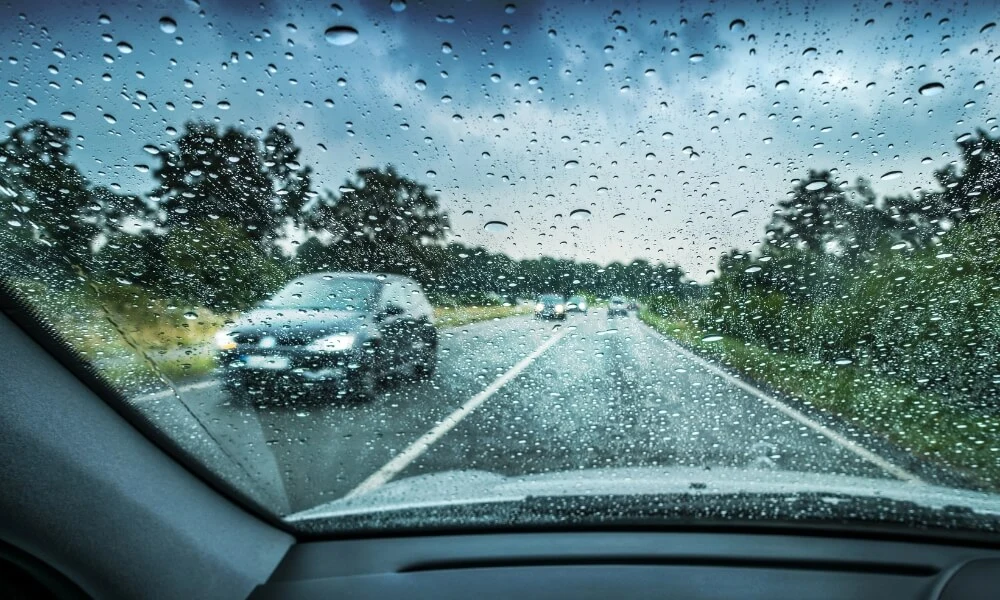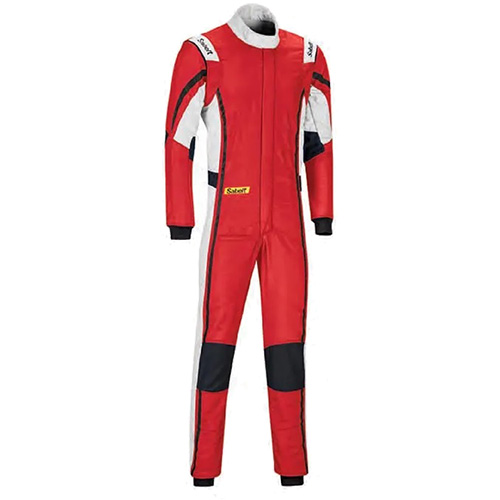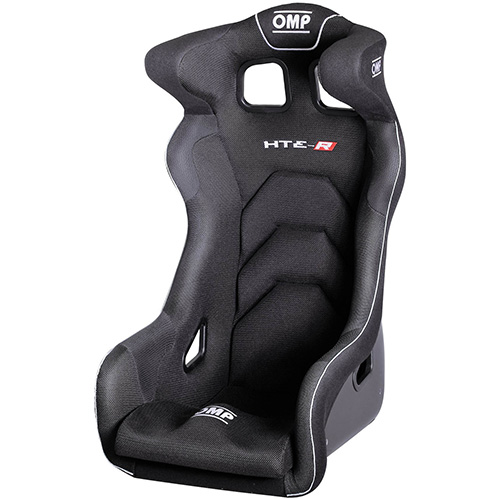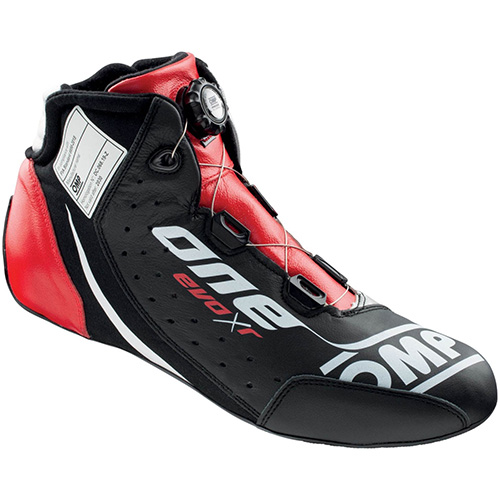Speed Secrets: Glance & Focus Your Way Around the Track

Every time I go hiking when on vacation on Kauaʻi (which is every time I get to that paradise), I learn another lesson or reinforce one I had already learned. Then I usually “write” a Speed Secrets article about it in my head while walking. Here’s a recent example:
Faced with a fairly steep incline that was super slippery with mud due to the recent rainfall (see the image below), I thought about the similarities between it and driving in the rain, or especially the mixed conditions of wet-to-dry or dry-to-wet.

Every step needed attention paid to it, otherwise I’d find my footing to be non-existent, and I’d be on my butt (and that would be the best option!). But if I only focused on my next step, I could find myself on part of the trail that was worse than another part. So, I had to plan ahead, too. Let’s see… focusing on what’s happening right in front of me, while also planning ahead as to where I’m going. What did this remind me of? Oh yeah… driving on a track!
It was time to use the Vision Process that I spent two years researching and putting into what I think is a simple and useable program. The four-step process goes like this?
- Mental Vision – Knowing what’s coming up, relying on memory to give us a mental picture of where we’re going before being able to physically see it. In this case, since I’d only ever hiked this trail once before, and that was about five years earlier, I had no real memory of where the trail went ahead of me. So, I was going to have to focus on the next two steps in the process (even the fourth step is not needed much in hiking). In the case of track driving, it’s having a mental image in mind of something that we can’t physically see, but can remember.
- Glance – A quick flick of the eyes up and ahead almost as far as you can physically see, giving you a target for where you’re heading.
- Focus – This is where you’re looking for, and at, the next major reference point, such as a turn-in, apex, or exit/track-out point (or in the case of my hike, the next few steps). For every X amount of time you spend Glancing up ahead, you spend about two to three times as long Focused on the reference point – but your eyes should be moving quickly between the Glance ahead and the Focus points (spending fractions of a second in any one place).
- Peripheral – You use your peripheral vision to be aware of other cars around you, but also – and this is the most important part – to be aware of how you’re doing compared to the path your Mental Vision, Glances, and Focus has set you on.
I started to deliberately use the Glance-Focus steps as I descended down the nearly two miles of muddy trail. It was fun!
I flicked my vision forward to Glance at what was coming up in the next ten to twenty yards/meters, giving myself a target of where I was going, then quickly scanned back along the path I wanted to walk, to where my next step or two would be and Focused on them; then, I quickly Glanced ahead again, checking my progress against the path I wanted to follow, scan back to Focusing on my next couple of steps; and so on. I would spend a little longer Focusing on my next few steps as I did Glancing ahead, because if I missed stepping in the right place, I’d be doing one of those cartoon-like, arms-and-legs-a-whirling, catch-my- balance moves (guess how I know?).
Each time I Glanced ahead and scanned back to the more detailed Focus of my next steps, I’d make decisions as to which path or line I wanted to follow. Sometimes, the left side of the trail looked drier, but it was smooth, with nothing for my feet to gain any grip on; the right side was definitely muddier, but it had many tree roots to help stop my feet from slipping; sometimes right down the middle was wetter, but had some mesh on it that the trail builders had placed there. By glancing ahead, then scanning back, I could make a quick decision which line I was going to drive… err, which path I was going to walk.
At first, being very deliberate about Glancing and Focusing while hiking felt unnatural, and even a bit mechanical. But within about fifteen minutes, I found myself not really thinking about it, but I was doing it. It had become a habit, or mental program. Until I reached the bottom of the trail, I stayed aware of whether I was continuing to use these two steps, reinforcing the new “hiking down muddy trails” mental program.
As I hiked down, I thought about how similar this was to driving in wet or mixed weather conditions. When a track, or a hiking trail, is dry, the line is the line, and there isn’t much point in changing it. But the line on a wet or drying track is constantly changing, as you search for where the most grip is, just as I was doing on my hike. Perhaps one of the reasons I’ve always enjoyed and been fast in the rain is how I’ve used my vision? Maybe it’s because I would Glance ahead to find what looked like the best line, and then Focused on getting there?
Notice that I didn’t use the Peripheral step in this hiking experience. Again, on the track, it’s this step that we use to check our mirrors, but also to check our progress – is the car placed where we wanted it to be, and if not, what adjustments are needed?
Okay, that’s not entirely true, as I did use my peripheral vision to figure out what was making the noises in the forested areas to either side of the trail. If you’ve been to Kauaʻi, you can probably guess what was making those sounds (chickens – they’re everywhere, they’re everywhere!).
It was really fun to reinforce how important and useful this vision process is, and how it can be practiced while doing something other than driving on a track. Hey, it could even be done while driving on the street!
Once again, it’s having the end in mind (and in the case of hiking, as it is with driving, that “end” is constantly moving ahead) by Glancing ahead and scanning back to the next major reference to Focus on that makes driving or hiking more successful. As George Harrison sang, “If you don’t know where you’re going, any road will take you there.” That is exactly why the quick Glance ahead is so important.

If someone tells you it’s important to “look further ahead,” what they’re really saying (or should be saying) is to Glance ahead, scan back to the next major reference to Focus on; Glance ahead, scan back to Focus; Glance ahead, scan back to Focus; and so on as you move around the track. Or down a muddy trail.
And yes, this certainly applies to rain-soaked trails and race tracks, but also on dry tracks (I’ll let you know about dry trails the next time I hike one). In fact, it’s exactly the same, and just as important. The only slight difference is that on a dry track you’re not searching as much for a new/adapted line. But in terms of the process, it’s the same.
As I got to the trailhead again, finishing my hike, I thought about what golfing legend Jack Nicklaus once said:
“I never hit a shot, not even in practice, without having a very sharp, in- focus picture of it in my head. It’s like a color movie. First, I ‘see’ the ball where I want it to finish, nice and white and sitting up high on the bright green grass. Then the scene quickly changes, and I ‘see’ the ball going there: its path, trajectory, and shape, even its behavior on landing. Then there’s a sort of fade-out, and the next scene shows me making the kind of swing that will turn the previous image into reality… I believe a few moments of movie-making might work some small miracles in your game.”
The difference between golf and track driving is the former is a start-stop activity, whereas the latter is constantly moving. Imagine Nicklaus (or some other golfer) hitting the ball, then chasing it, hitting it, chasing it… and that’s a bit like the way you should be using your vision when driving.
Go ahead, practice using your vision in a very deliberate way, every day.


















